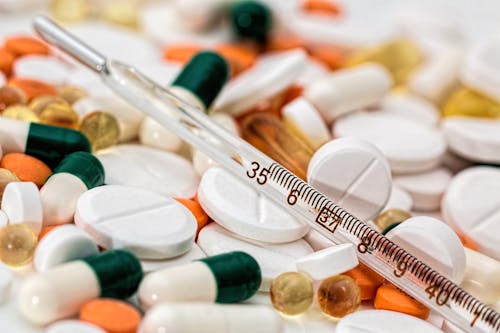
“ EACH PATIENT CARRIES THEIR OWN DOCTOR INSIDE THEM “
Common medical symptoms
Fever: it indicates that an infection is present.A fever may occur with asthma or allergies. A fever over 105°F (40.6°C) always requires medical attention.
Nausea: Nausea is a sick feeling in the stomach and is often accompanied by a desire to vomit.
Headaches: Headaches are commonly caused by muscle tightening under the scalp,often the result of emotional tension. Other causes are heat exhaustion, brain tumors,and high Blood pressure. If a headache is accompanied by other symptoms, like visual disturbances, fever,vomiting,seek immediate medical attention.
ALARMING MEDICAL SYMPTOMS
Seizures in children: are most commonly caused by a rapid rise in temperature due to an acute infection.these seizures are called febrile seizures seldom Last longer than 2 to 3 minutes. It should be reported to the doctor.
Epileptic seizures: It may occur when some brain cells temporarily become overactive and release too much electrical energy stimulating part or all of the brain. The primary aim. Is to prevent the person from harming himself or herself. After the seizure is over, consult a doctor.
Severe headache: That comes on suddenly with fever or vomiting or visual disturbance requires immediate medical attention.
Loss of consciousness: That occurs suddenly and without warning may indicate a stroke or a heart attack or that a person has stopped breathing.He or she may require CPR (cardiopulmonary resuscitation).
Severe chest pain or tightness: It is a life threatening emergency.
Loss of vision in one eye or numbness or weakness on one side of the body: Seek medical attention immediately.
Shortness of breath: Seek medical attention immediately to route out a serious medical condition.
Sudden loss of sensation or motion in an arm or leg: Don’t wait until the symptom goes away.
Blood in the urine: May signal an infection,kidney stone or malignancy.
Blood in the stool or blood in the vomit: These symptoms require immediate medical attention.

Comments
Post a Comment